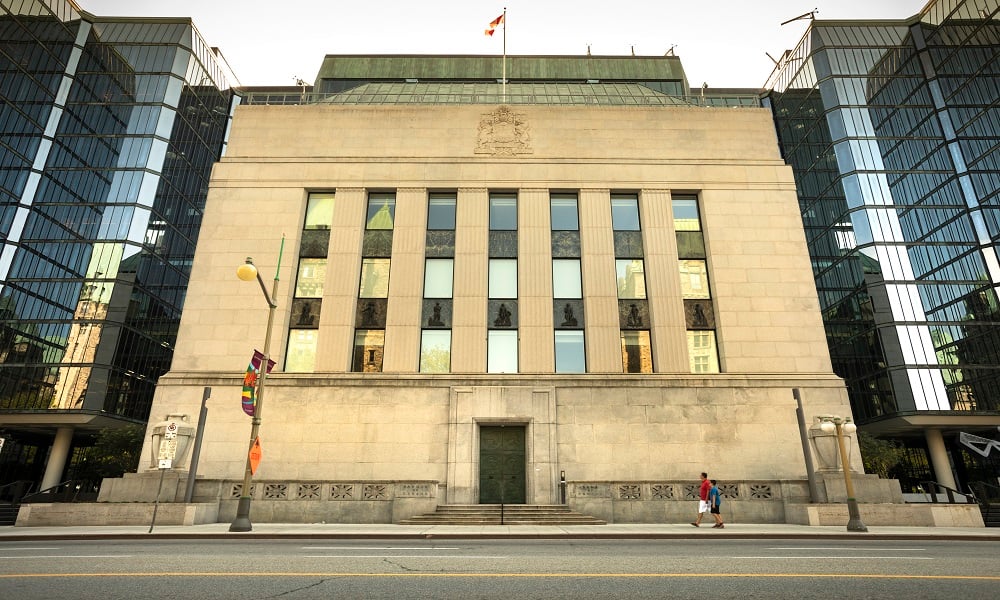This approach will likely dictate much of the bank's 2022 strategy, observers say

The Bank of Canada said that it is closely watching the upward trend in core inflation and the possibility that supply disruptions could last longer than expected, although the central bank believes that supply constraints are also likely to ease over time.
“With CPI inflation considerably above our target range of 1% to 3%, the materialization of upside risks is of greater concern,” said BoC Deputy Governor Toni Gravelle.
Should supply-chain disruptions and related cost pressures end up lasting longer than projected, “this would increase the likelihood of inflation remaining above our control range,” Gravelle said.
The trend would be exacerbated by demand for goods remaining strong, Gravelle said. The Canadian inflation rate has consistently outstripped the BoC’s 3% upper limit since April, although the central bank has reiterated that these price increases are “transitory” and mostly pandemic-impelled.
Read more: Federal banking regulator gives verdict on domestic stability buffer
The BoC’s watchful and measured approach will likely be emblematic of its strategy for the next year, industry observers said.
The central bank is showing “no intensified concerns about the inflation outlook and some mixed messages on the growth backdrop,” said Douglas Porter, chief economist and managing director of economics at BMO.
“On balance, the key takeaway [of the BoC’s latest rate announcement] is that policymakers did not send a warning shot about a possible rate hike as early as the January meeting, continuing to guide toward the ‘middle quarters of 2022’ for when the output gap is closed and the likely start of rate hikes,” Porter said.



